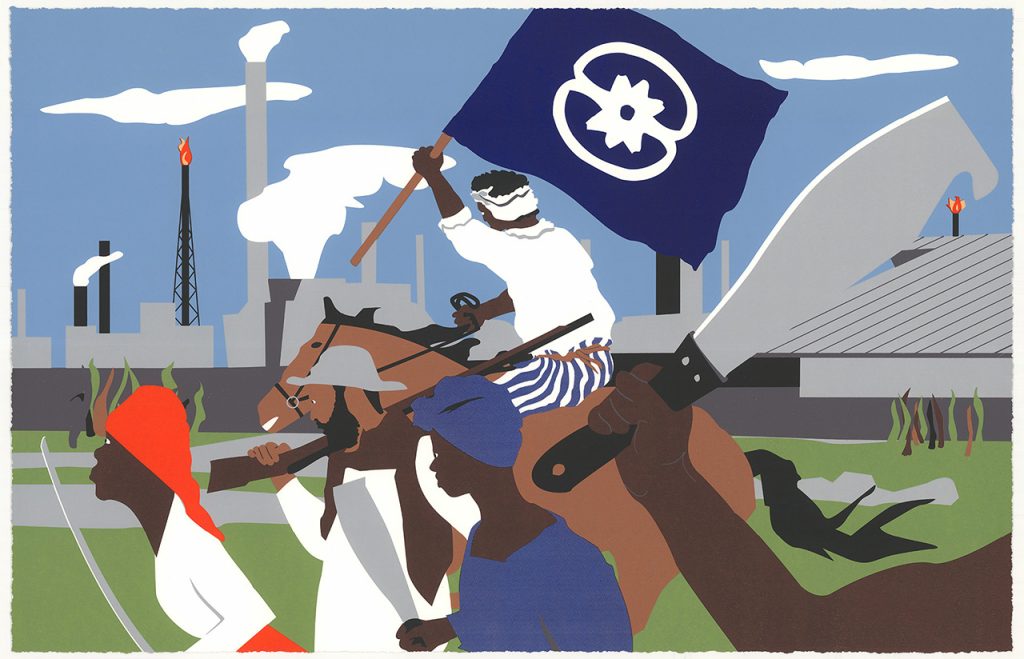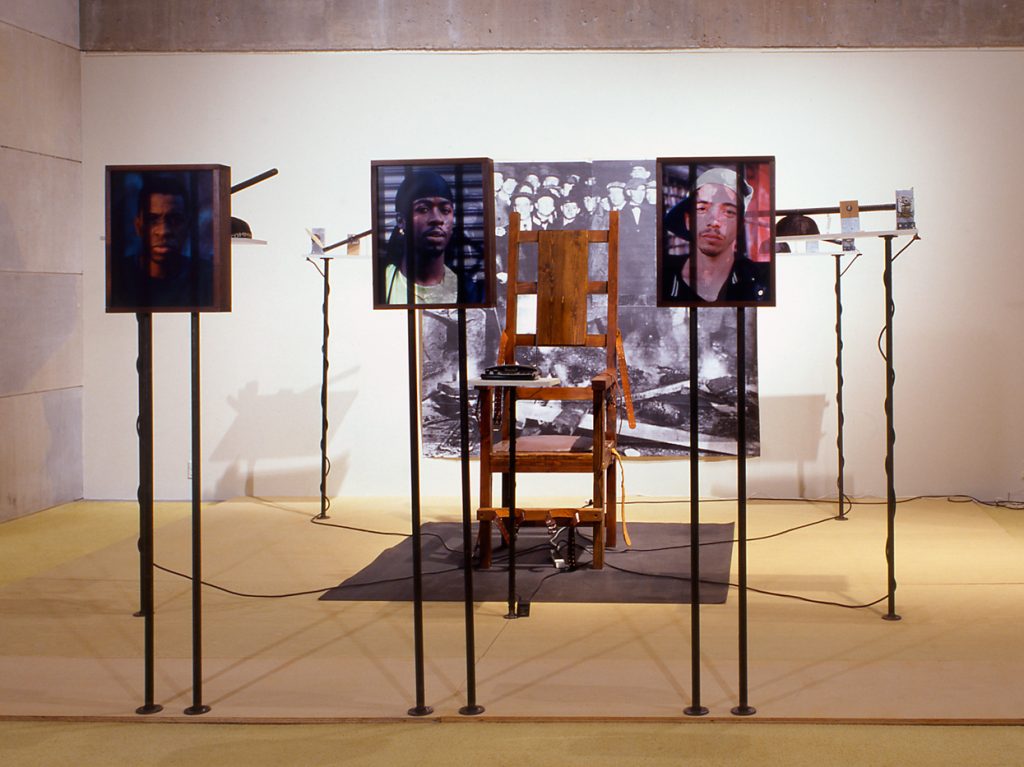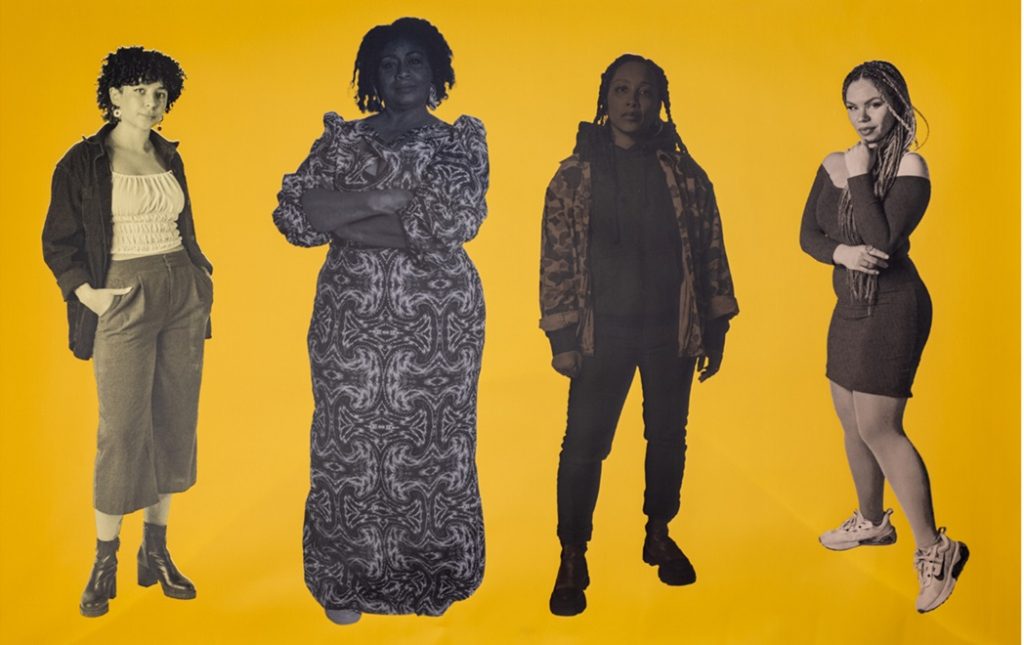American artist Dread Scott is renowned for his politically charged and thought-provoking works of art. He was born Scott Tyler in Chicago in 1965, but he adopted the name Dread Scott in honour of the well-known slave of the same name who successfully petitioned the Supreme Court for freedom in the 19th-century Dred Scott v. Sandford ruling.
Among Dread Scott’s more well-known works is “What is the Proper Way to Display a U.S. Flag?” from 1989. This installation revealed a flag positioned on the ground to visitors, which aroused controversy and stirred conversations about the First Amendment and the desecration of national symbols.
Dread Scott has persisted in addressing important and contentious issues in American culture by using his position. His artwork regularly addresses issues of social injustice, power, and racism. His body of work spans a variety of media, including performance, installation, and photography. Dread Scott pushes audiences to confront hard facts and traditional wisdom through his artistic productions.
Art of Dread Scott

The contentious 1989 artwork “What is the Proper Way to Display a U.S. Flag” allowed visitors to walk over a flag positioned on the ground, igniting discussions concerning the First Amendment and the destruction of national symbols. The 1988 image “Untitled (Flag)” shows Dread Scott himself, burning, with the American flag in the background; this is a further instance of his investigation into the meaning and contention around the American flag.
In the 2015 performance piece “A Man Was Lynched by Police Yesterday,” the artist stood on the Brooklyn Museum steps with a sign that said, “A Man Was Lynched by Police Yesterday.” The piece calls attention to the persistent problem of racial inequality and police violence.
An ambitious community-engaged initiative called “Slave Rebellion Reenactment” (2019) reenacted the German Coast Uprising of 1811, one of the most dramatic slave revolts in American history, which was mostly forgotten. Hundreds of people participated in the reenactment, which sought to spark discussions on power, history, and the legacy of slavery.
The 2014 piece “On the Impossibility of Freedom in a Country Founded on Slavery and Genocide” highlights systemic racism and brutality against Black people by placing the names of African Americans killed by police around an American flag.
Provocation and Controversy
Scott frequently challenges social standards and pushes limits in his work. The contentious nature of works such as “What is the Proper Way to Display a U.S. Flag?” encourages discussion on patriotism, freedom of speech, and the role of art in facing brutal realities.

By addressing current social and political concerns through his art—racism and police violence, in particular—he challenges spectators to confront brutal facts and critically examine established power systems. His performances, installations, and visual pieces are thought-provoking. Scott frequently addresses historical occurrences in his writing, particularly those about slavery and the African American experience. For example, the “Slave Insurrection Reenactment” project encourages a reexamination of historical narratives by revisiting a crucial but ignored slave rebellion.
Dread Scott’s approach aligns with a larger tradition of artistic activism, in which creators utilise their mediums to remark on social and political issues. He adds to the continuing discussion about the place of art in society by emulating the spirit of artists who utilise their platforms to push for change.
Dread Scott’s audacious and unyielding style has inspired other artists and makers to tackle complex subjects and include activism in their works. His influence is felt in his works and the larger field of contemporary art.





